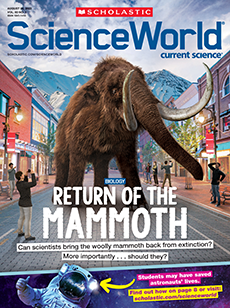Five years ago, Altanta, Georgia, purchased a 7.6-acre property on Browns Mill Road, less than 8 kilometers (5 miles) from the city’s bustling downtown. The land was overgrown and neglected. After years of hard work, volunteers transformed it into the country’s largest free food forest. This green space is filled with plants that produce fruit, nuts, and vegetables for local residents.
The Urban Food Forest at Browns Mill was created to help combat food insecurity—the lack of consistent access to affordable, nutritious food. In Georgia, one in six people are currently uncertain where their next meal will come from.
Five years ago, Atlanta, Georgia, bought a 7.6-acre property on Browns Mill Road. It’s less than 8 kilometers (5 miles) from the city’s busy downtown. The land was overgrown and neglected. Volunteers worked hard on the property for years. They turned it into the country’s largest free food forest. This green space is filled with plants that produce fruit, nuts, and vegetables for local people.
The Urban Food Forest at Browns Mill was created to help fight food insecurity. That’s the lack of regular access to affordable, nutritious food. In Georgia, one in six people aren’t sure where their next meal will come from.
